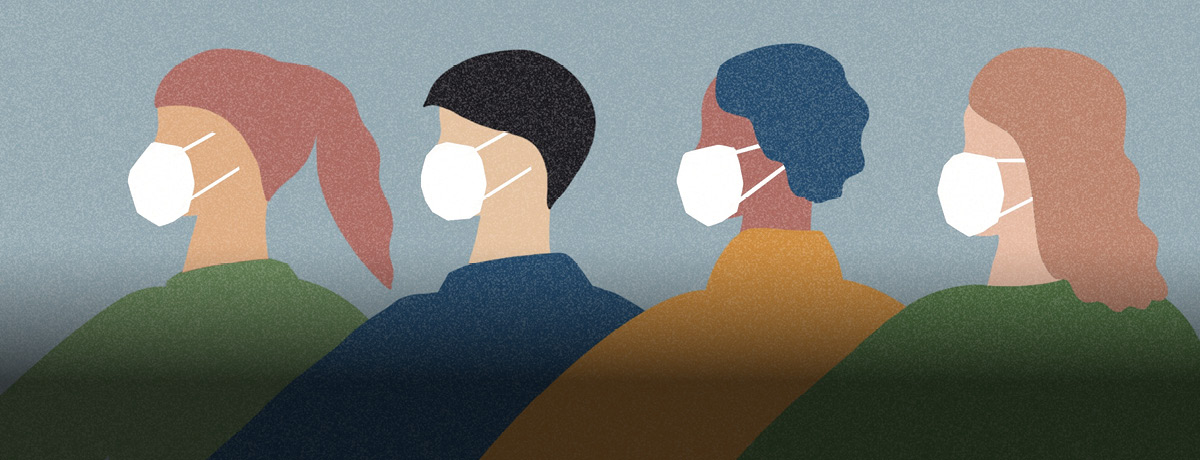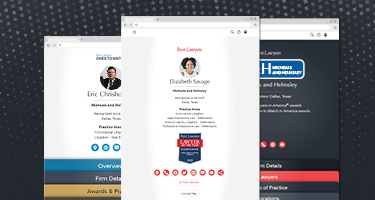Grocery retailers and their employees have fast become some of the most essential service providers during the COVID-19 pandemic. As with many other businesses, grocery retailers were forced to develop new guidelines and virus protection protocols on the fly while also navigating rapidly changing national, state and local directives. Now, many are finding themselves on the legal or media firing line for not doing enough to protect workers out of the gate.
According to supermarket analysts, one of the biggest mistakes some grocery retailers made early on was not allowing employees to wear masks or gloves in the way they requested. This and similar decisions, combined with confusion about corporate and government policies, led to some illnesses and grocery store workers publicly lashing out at their employers. Some employees staged walk-offs, protesting lack of protective gear, while others went to the media to share their fears about health and safety in their workplace. Some grocery retailers are even facing wrongful death lawsuits from the estates of employees who died of COVID-19 complications.
Now, with approximately two-thirds of U.S. states beginning to partially lift stay-at-home orders, it’s more important than ever for retailers to make sure they are enacting strict and appropriate protections for both employees and customers.
Here are the top six things retail employers can do to help essential workers feel and stay safe on the job as well as protect themselves against potential legal backlash.
1) Identify exposures and risks specific to the business and employees. These may differ slightly, but almost always include contact with coworkers, the public and various surfaces. Review the Occupational Safety and Health Administration COVID-19 guidance to determine exposure risk level—low, medium, high or very high. Take its directives seriously, study them and decide how to implement them.
While OSHA’s guidance is just that—guidance and not law—it is the law that employers are required to provide a workplace free from any recognized hazard likely to cause harm to an employee. It follows then, that if a business is strictly following OSHA guidance, it will almost certainly be in compliance with the safe-workplace law.
2) Verify all state, city or local COVID-19 related restrictions. This is especially important now, when many city mayors are providing different reopening guidelines and timelines than state governors and the nation at large. It is critical to ensure compliance on both a state and local level. Employers who operate in various locations across the U.S. should be mindful that the parameters in each city and state will likely vary and adjust accordingly.
3) Outline the specific measures to be implemented. These could include requiring both customers and employees to wear masks, performing daily temperature and symptom checks of all employees, having hand sanitizer available in critical locations, restricting entry to 50% capacity, using every other register, offering only self-checkout, or installing plastic barriers and sneeze guards.
4) Be sensitive to and mindful of employee’s individual needs and risk factors. Proactively ask employees to advise their manager if they have any specific risk factors—such as being part of a vulnerable population or caring for a person in a vulnerable population—so that these can be addressed on a case-by-case basis. Maintain flexible policies that permit employees to stay home and care for a sick family member. A one-size-fits-all approach may not be best. Instead, take into account an employee’s needs, the job’s essential functions and get creative about workarounds.
5) Establish a policy around identifying and isolating potentially infectious employees. Develop clear protocols for employees to ensure that they are reporting sickness and isolating if necessary. Actively direct sick employees to stay home. Ensure that sick leave policies are flexible and consistent with public health guidance—and that employees are aware of them. Do not require a health care provider’s note to validate sickness, as medical offices may not be able to provide such documentation in a timely manner.
Reviewing the Equal Opportunity Commission COVID-19 guidance can help eliminate many common concerns around monitoring employee’s health. Whereas under normal circumstances, employers are not permitted to give employees medical exams because it violates the federal Americans with Disabilities Act, the EEOC has now relaxed those guidelines in pursuit of ensuring safety. As such, employers should do everything legally permitted in order to ensure that their employees don’t have the virus and aren’t infecting others in the workplace.
6) Lastly, keep employees informed about what you are doing to keep them safe. Communicate with workers in writing and verbally in as many languages as are necessary and make leaders available for questions. Be aware of and address openly workers’ concerns about pay, sick leave, safety, health, and other issues that may arise during COVID-19.
Maintain regular and transparent communication as circumstances change. Informed workers who feel safe at work are less likely to be unnecessarily absent and much more likely to return to work as things reopen. This pandemic is a very fluid and evolving situation and the policies that make sense this week may not make sense the next. Be prepared for and comfortable with changes.
One final note—if there are concerns about potential legal exposure in the past several weeks, be sure to retroactively document the actions your company took to provide a safe workplace. At a minimum, these should include compliance with all state orders and guidance beginning on the date it was given.
Being able to demonstrate that the company paid attention, stayed informed and complied with the appropriate regulations will go a long way towards protecting against liability.
This is a situation that will continue to evolve regularly and rapidly over the next 12 months, and strong preparedness combined with fast and flexible responses to new developments will serve and protect businesses well.
































